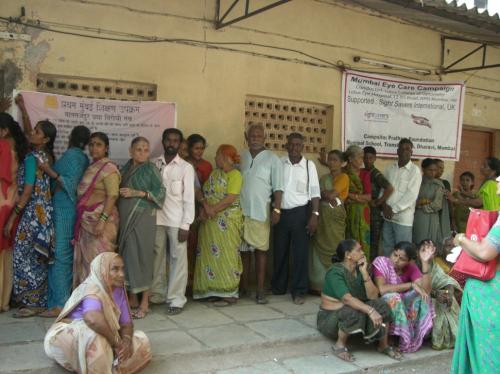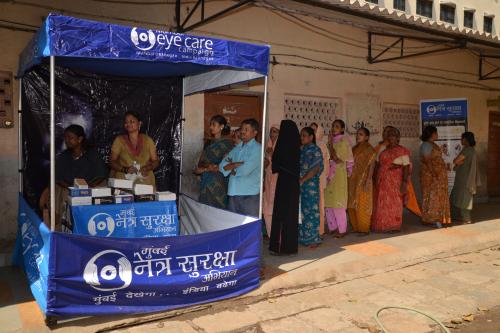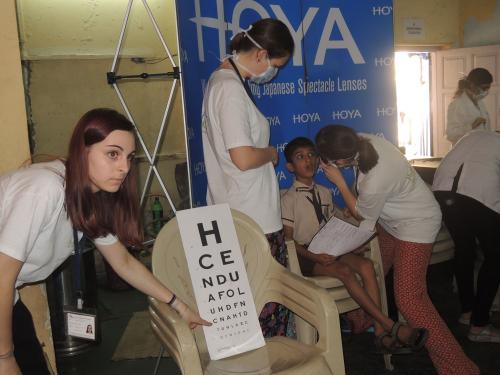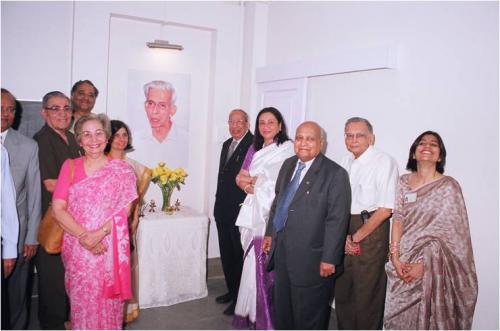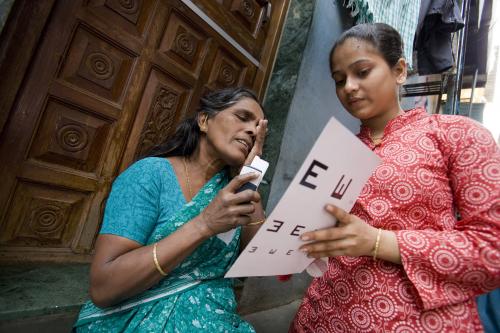
Lotus College of Optometry
Mumbai Eye Care Campaign: 2008-2013
Mumbai Eye Care Campaign: 2008-2013
Mumbai is one of the most populated cities in India and being the business capital migrants from different states come to reside in the city for better employment opportunities. This has further lead to a large number of people living in slums and illegal establishments. Lack of access to health services and lack of awareness is a serious public health issue. Of the 12.5 million people residing in Mumbai, 60% of them reside in slums.
Dharavi alone is home to 1 million people as one of Asia’s largest slum. Mumbai Eye Care Campaign (MECC) was developed with a small pilot project envisaged by a young team at Lotus College of Optometry in partnership with Sightsavers in year 2008. The project was aimed to deliver primary eye care services to urban slum dwellers of Mumbai city. Initially a small pilot project envisaged by ‘Lotus College of Optometry’ – our campaign rose to new heights with the support of the UK-based development organization ‘Sightsavers International’ in the year 2008. Our efforts came to attention of ‘The Standard Chartered Bank’ bank which helped to receive funds for 15 more vision centers in the next year with the provision of free spectacles till 2013With the campaign launched in Mumbai, our vision found a firm foothold with our proposal to benefit adults with quality primary eye care. The project aimed at eradicating ‘avoidable blindness’ and raising ‘eye health’ awareness amongst the underprivileged.
The magnanimous assistance provided by the Bank proved to be instrumental in the success we achieved with our campaign. The support of the local slum dwellers and the Community Based Organizations (CBOs) also contributed in the development of our campaign. The existing CBOs provided the space to carry out our once-a-week eye clinics in their premises.
It was observed that it was mostly women who turned up at our centers for the check-up. Thus, careful efforts were taken to specifically get men and other target groups like rag-pickers, dabbawallas, and contract labourers at railway yards, auto rickshaw drivers, etc. to attend our camps. We made sure the benefits of our endeavor reached overlooked groups like commercial sex workers, transgenders and domestic workers.

Human Resource Development (2008 -16)
• 330 Community health workers trained
• 250 Optometrists trained

